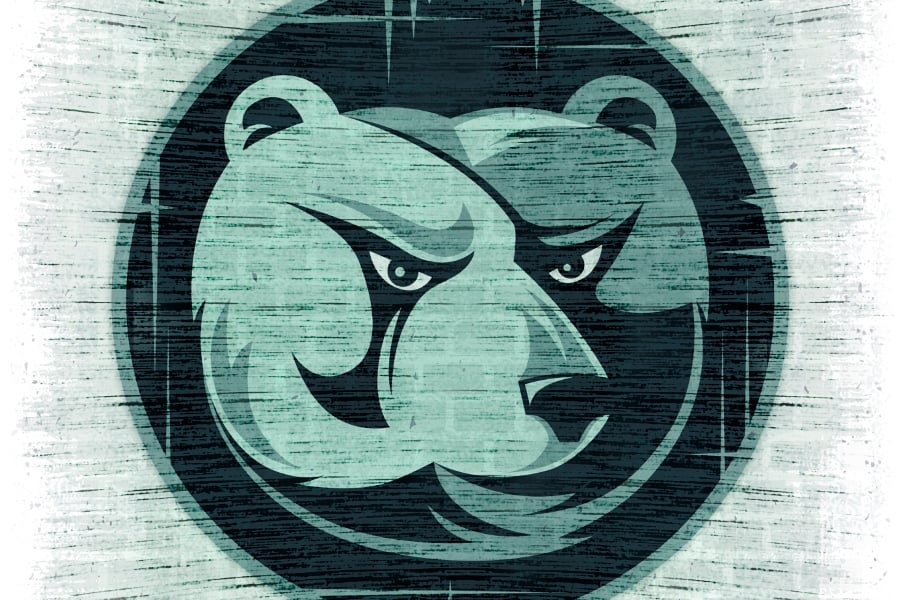Let's just say that stocks are in the beginning stages of a bear market, despite Tuesday's rally.
What can we expect?
If it's an average bear, you can expect a total decline of more than 30% that will take five more months to bottom out, says Sam Stovall, chief market strategist for S&P Capital IQ. After that, stocks will take another two years to regain their previous highs.
To break that down a bit more: The Standard and Poor's 500 stock index peaked May 21, 2015 at 2130.82. An average bear market would push the index below 1492, versus about 1899 on Tuesday.
And if you're looking for someplace to hide, you won't find it in traditional defensive stocks.
“Be prepared for all sectors and sub-industries in the S&P 500 to fall in price, even though the defensive consumer staples, health care and utilities groups in general — and the eat 'em, smoke 'em, and drink 'em stocks in particular — will fall less than the market as a whole,” Mr. Stovall wrote to clients.
The typical definition of a bear market is a 20% decline, with tumbles of 10% to 20% defined as a correction. Some areas, such as emerging markets,
are already in a bear market. The S&P 500 slipped briefly into correction territory on January 20, when it dipped to an intraday low of 1812.29 but later rallied to close at 1859.33.
Those who like to worry, however, have plenty to worry about, despite Tuesday's stock rally. For example, Ned Davis Research uses a different definition of a bear market, saying that the Dow Jones Industrial Average must be down either 30% over 50 trading days or 13% over 145 trading days to qualify as a bear market. By the latter definition,
stocks entered the bear lair on January 20.
And while 64 of 92 S&P 500 companies have beaten earnings estimates for the fourth quarter, overall earnings are expected to be 6.05% less than they were a year earlier, says S&P CapitalIQ. The energy sector is the biggest drag: Earnings are expected to fall 72.8% versus the fourth quarter of 2014.
And then there's the January Barometer, which says that as January goes, so goes the rest of the year. With both the Dow and the S&P 500 down about 8% this year, the January Barometer doesn't hold much hope for gains. The indicator has been right 88.5% of the time over 78 years in predicting bear markets, says the indicator's current tracker, Jeffrey Hirsch, editor of The Stock Trader's Almanac.
If you're a long-term investor, you should view a bear market in the same way you'd view a major snowstorm: It's not fun, but it's probably not going to destroy your long-term plans. There have been 13 bear markets since the end of World War II -- two in this century alone -- but stocks outperform bonds and bank CDs over most 10-year periods and over all 20-year periods.
If you're looking for refuge in a bear market, Mr. Stovall notes that the only asset class to gain during all 13 modern bear markets were
intermediate-term bonds.







